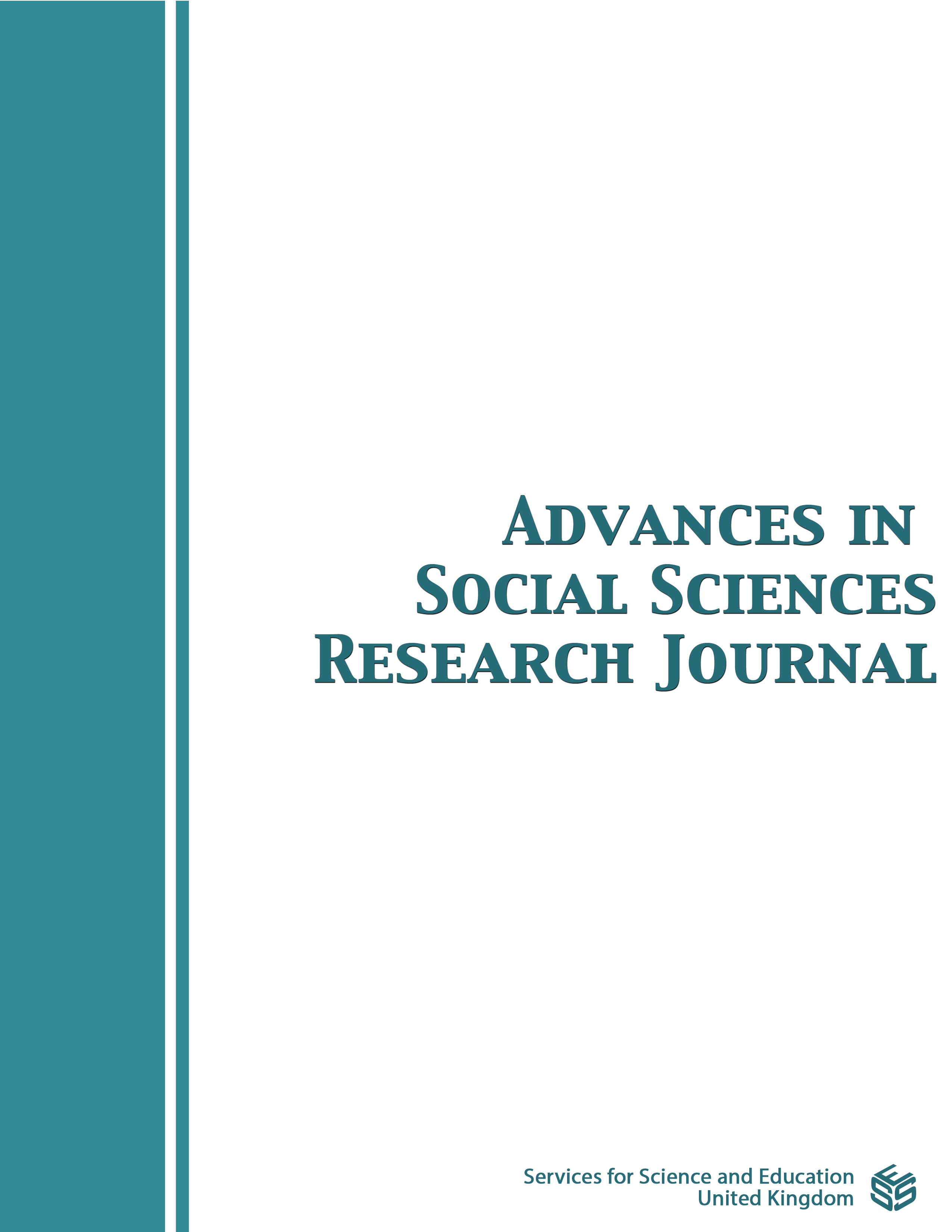Simultaneity in the Scientific Enterprise
DOI:
https://doi.org/10.14738/assrj.94.12113Keywords:
Gauge field theory; quantum electrodynamics; Aharonov-Bohm effect; sociology of knowledge; scientific discoveriesAbstract
In this article, we explore the concept of simultaneity in the scientific enterprise, defined herein as the near-coincident discovery of significant advances in the development of our scientific understanding of the world. We do this by examining two case studies of such coincident or near-coincident discoveries: the development of the so-called Lorentz transformation by H.A. Lorentz (1904) and A. Einstein (1905); and the Aharonov-Bohm effect discovered independently in chronological order by Franz(1939), Ehrenberg and Siday (1949) and Aharonov and Bohm (1959). It is now generally acknowledged that the Lorentz transformations were independently developed by both Lorentz and Einstein as they worked on different approaches to solve a similar problem – i.e., the preservation of the form of Maxwell's equations in coordinate systems moving relative to one another, while the relationship between the Ehrenberg-Siday and Aharonov-Bohm works is still controversial. In our view, these independent discoveries allow some speculation about the nature of human discovery and understanding of scientific truths as they progress through time.
Downloads
Published
How to Cite
Issue
Section
License
Copyright (c) 2022 Nikias Sarafoglou, Menas Kafatos, John H. Beall

This work is licensed under a Creative Commons Attribution 4.0 International License.
Authors wishing to include figures, tables, or text passages that have already been published elsewhere are required to obtain permission from the copyright owner(s) for both the print and online format and to include evidence that such permission has been granted when submitting their papers. Any material received without such evidence will be assumed to originate from the authors.






